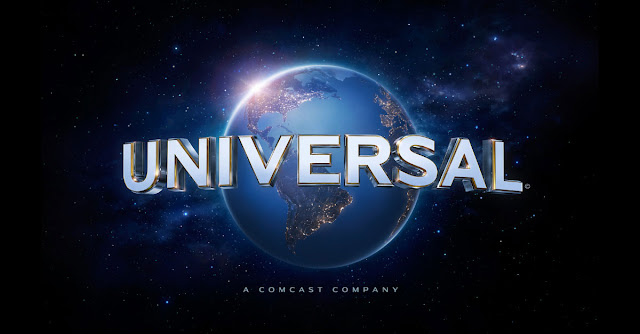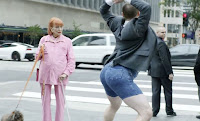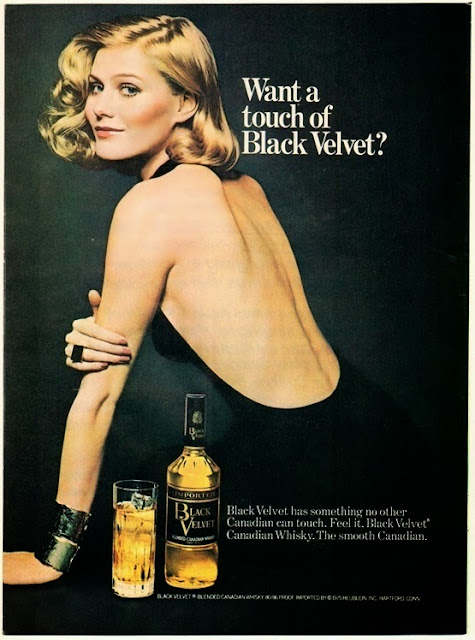UNIVERSAL PICTURES

FACTS: Universal Pictures is an American film studio, owned by Comcast through its wholly owned subsidiary NBCUniversal Is one of Hollywood's "Big Six" film studios. Universal was founded in 1912. It is the world's fourth oldest major film studio. Six of Universal Studio's films have achieved box office records, and these are Jaws (1975), E.T. the Extra-Terrestrial (1982), Jurassic Park (1993), Despicable Me 2 (2013), Furious 7 (2015) and Jurassic World (2015).





